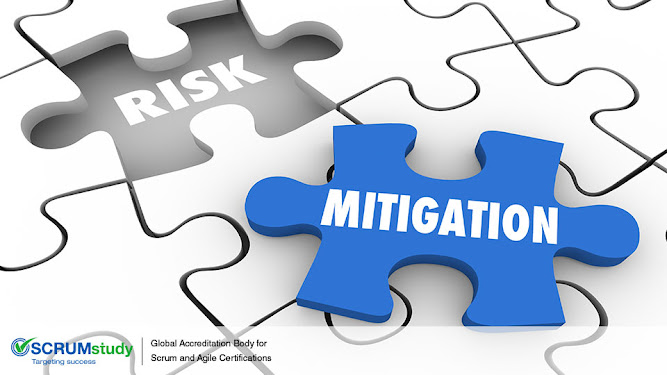The Product Owner’s Role in Scaling Scrum Across Large Teams
Scaling Scrum across large teams is a challenging yet rewarding journey that demands effective coordination, communication, and role clarity. Among the key players in this process, the Product Owner holds a vital position. They ensure that teams remain aligned with organizational objectives while consistently delivering value to customers. This blog delves into the Product Owner's responsibilities in scaling Scrum and their critical contributions to large-scale project success.
What Does Scaling Scrum Mean?
Scaling Scrum refers to the application of Scrum principles and practices across multiple teams working on a single product or interconnected projects. Frameworks such as SAFe (Scaled Agile Framework), LeSS (Large-Scale Scrum), and Scrum@Scale provide structured approaches for managing this complexity. In such scenarios, the Product Owner’s role is instrumental in navigating challenges and fostering alignment across teams.
Key Responsibilities of a Product Owner in Scaling Scrum
Managing a Unified Product Backlog
At scale, the Product Owner oversees a comprehensive Product Backlog that incorporates contributions from several teams. This responsibility includes:
Prioritizing backlog items based on business value and interdependencies.
Collaborating with teams to ensure shared understanding and alignment of backlog items.
Addressing dependencies and eliminating bottlenecks across teams.
Aligning Teams with the Product Vision
In large-scale Scrum, multiple teams work towards a shared product vision. The Product Owner ensures that:
All teams clearly understand the overarching goals.
Teams align their work with the organization’s strategic objectives.
Deliverables from all teams form a cohesive, integrated product.
Facilitating Effective Stakeholder Collaboration
Stakeholder engagement becomes increasingly complex as the number of teams grows. The Product Owner acts as the intermediary by:
Communicating updates on progress, risks, and changes.
Incorporating feedback into the Product Backlog.
Aligning stakeholder expectations with Agile principles to maintain a realistic product roadmap.
Coordinating with Other Product Owners
In large-scale frameworks like SAFe, multiple Product Owners often work under a Chief Product Owner. This requires:
Synchronizing priorities and ensuring consistent delivery across teams.
Resolving conflicts related to resources and dependencies.
Collaborating to maintain a unified approach to product delivery.
Promoting Transparency and Effective Communication
Transparency is critical for scaled Scrum success. The Product Owner fosters this by:
Sharing backlog priorities and updates openly across teams.
Actively participating in Scrum ceremonies like Sprint Reviews to maintain alignment.
Leveraging tools and dashboards to provide real-time insights into progress.
Common Challenges for Product Owners in Scaling Scrum
Scaling Scrum introduces complexities that Product Owners must address, including:
Managing interdependencies: Balancing competing priorities and handling dependencies among teams.
Maintaining alignment: Ensuring all teams remain focused on delivering value in alignment with the product vision.
Meeting diverse stakeholder demands: Balancing conflicting expectations without compromising Agile principles.
By employing strategic planning, fostering clear communication, and encouraging collaboration, Product Owners can effectively mitigate these challenges.
Why the Product Owner’s Role Matters in Scaling Scrum
The Product Owner is the linchpin in large-scale Scrum environments, driving alignment between teams, stakeholders, and organizational objectives. Their role involves:
Overseeing a well-managed Product Backlog.
Bridging communication gaps across teams and stakeholders.
Guiding teams to deliver integrated product increments that maximize value.
Scaling Scrum is undoubtedly a complex endeavor, but the presence of a proactive and skilled Product Owner transforms it into a streamlined and impactful process that enhances innovation, efficiency, and customer satisfaction.
Conclusion
As organizations expand Scrum to encompass larger teams, the Product Owner’s role becomes increasingly vital. From backlog management to stakeholder engagement, their contributions ensure the delivery of cohesive and valuable product increments. By acting as a unifying force, the Product Owner not only helps organizations achieve their strategic goals but also upholds the core values and principles of Agile.
Scaling Scrum isn’t just about managing large teams—it’s about fostering collaboration, transparency, and continuous improvement. With the right Product Owner at the helm, this transformation can unlock the full potential of Agile methodologies.
GET MORE FROM SCRUMstudy
Join SCRUMstudy™ LinkedIn Group





Comments
Post a Comment